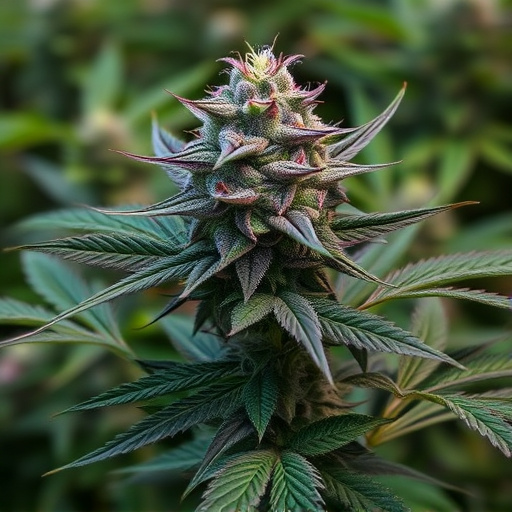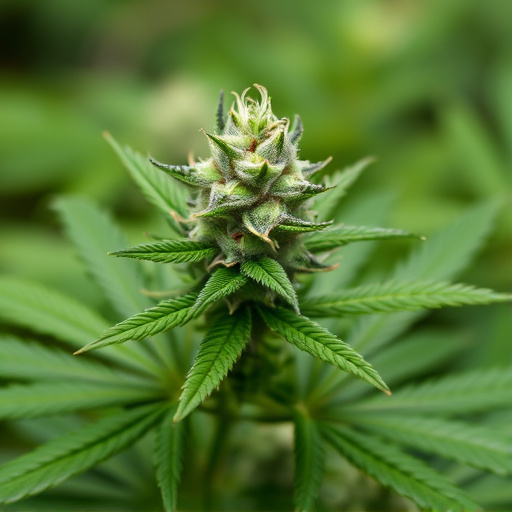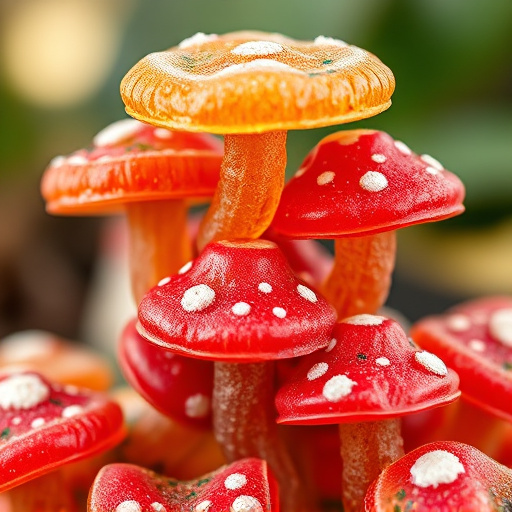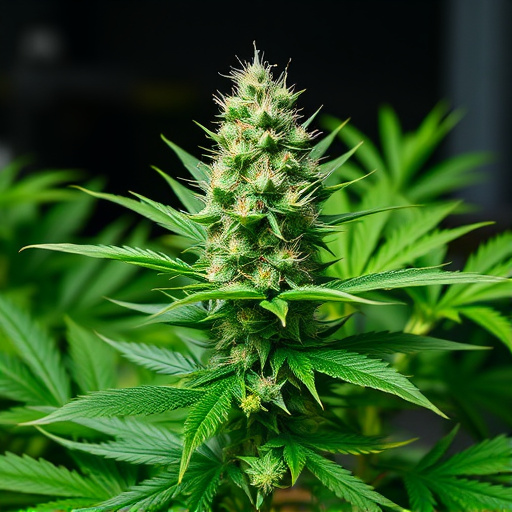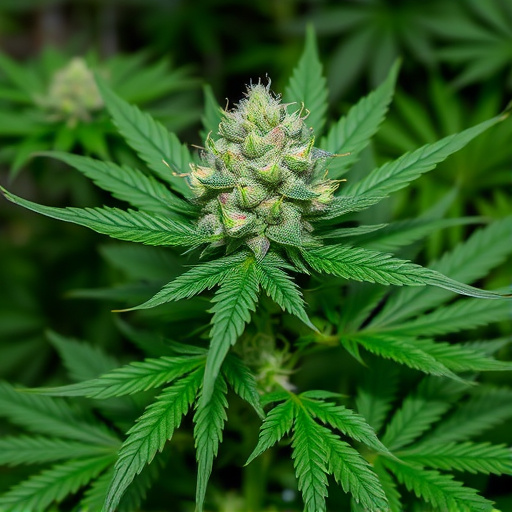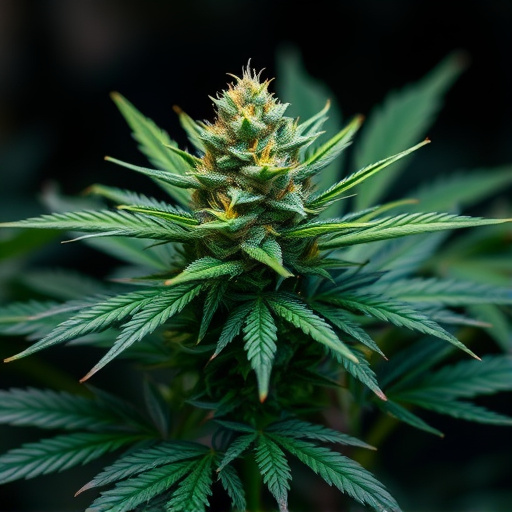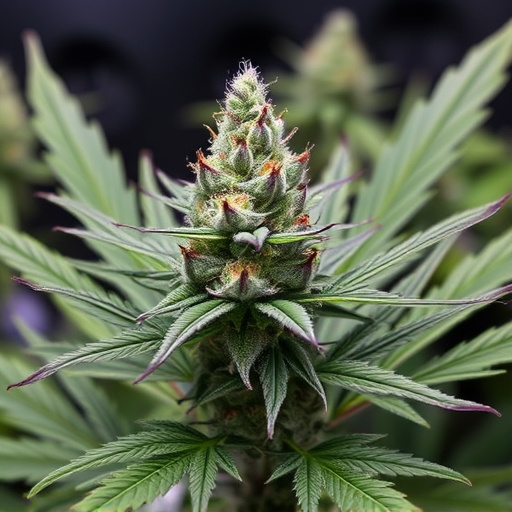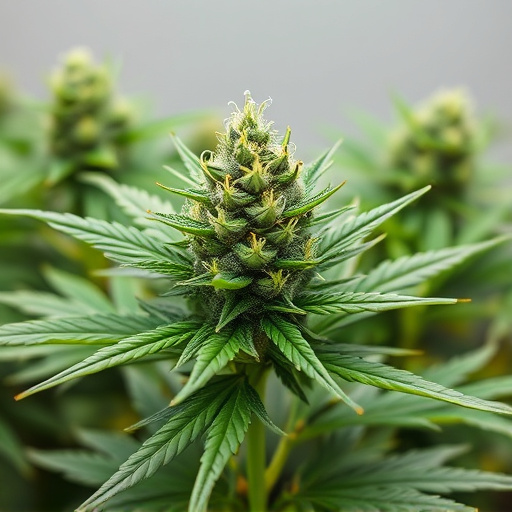While rare, cannabis overdoses are possible with modern strains featuring THC levels exceeding 30%. Overdoses typically manifest through anxiety, paranoia, rapid heartbeat, dizziness, nausea, and concentration issues, sometimes leading to hallucinations. Medical attention is advised for persistent symptoms. In case of overdose, prioritize fresh air, hydration, avoid stimulants, and consider warm baths or meditation. Be mindful of high-THC strains in newer varieties, practicing moderation to prevent overdoses. Consumers should research cannabinoid profiles, start with low doses, gradually increase, and consume responsibly.
“Experiencing a cannabis overdose? It’s crucial to understand that while cannabis is generally safe, excessive consumption can lead to uncomfortable symptoms. This guide explores the causes and signs of cannabis overload, offering vital steps for recovery. We delve into the complexities of the newest strains of cannabis, their potential risks, and strategies to mitigate negative effects. By understanding these factors, you’ll be better equipped to navigate the modern cannabis landscape safely.”
- Understanding Cannabis Overdoses: Causes and Symptoms
- Steps to Safely Recover from a Cannabis Overdose
- Navigating Newest Strains of Cannabis: Risks and Mitigation Strategies
Understanding Cannabis Overdoses: Causes and Symptoms
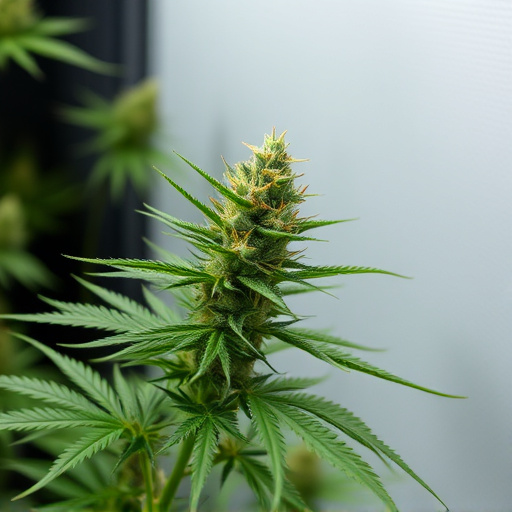
Cannabis overdoses, though rare, can occur and it’s crucial to understand what causes them and how to recognize the symptoms. The potency of modern cannabis strains has significantly increased compared to past decades, with THC levels often exceeding 30%. This heightened concentration, especially in edible forms, can lead to an overwhelming experience for consumers. Overdosing typically happens when someone consumes too much cannabis in a short period, leading to a range of physical and psychological effects.
Symptoms may include severe anxiety, paranoia, rapid heartbeat, dizziness, nausea, and difficulty concentrating. In extreme cases, users might experience hallucinations or delusions. It’s important to remember that cannabis overdoses are not typically life-threatening, and the symptoms usually subside as the body processes the THC. However, seeking medical attention is advisable if symptoms persist or worsen, ensuring a safe recovery process.
Steps to Safely Recover from a Cannabis Overdose
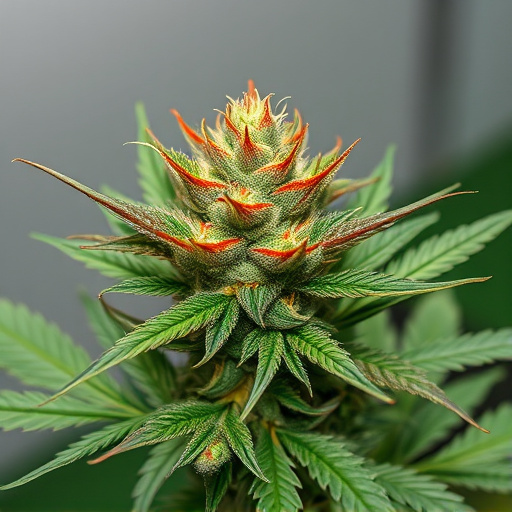
If you’ve experienced a cannabis overdose, it’s crucial to act swiftly yet calmly. The first step is to seek fresh air; open windows or go outdoors if possible, as oxygen can help mitigate any discomfort. Stay hydrated by drinking water, avoiding stimulants like caffeine which could increase anxiety. If available, take a warm bath or shower—the soothing sensation can ease both mind and body.
Remember, the effects of a cannabis overdose are usually temporary. Your body will eventually process and eliminate the excess THC. Until then, focus on comfort. Consider using relaxation techniques such as deep breathing or meditation. Keep surroundings calm and quiet. If symptoms persist or worsen, reach out to medical professionals for guidance. Be aware that newer strains of cannabis often contain higher THC levels, making an overdose more likely—hence, moderation is key when trying new varieties.
Navigating Newest Strains of Cannabis: Risks and Mitigation Strategies
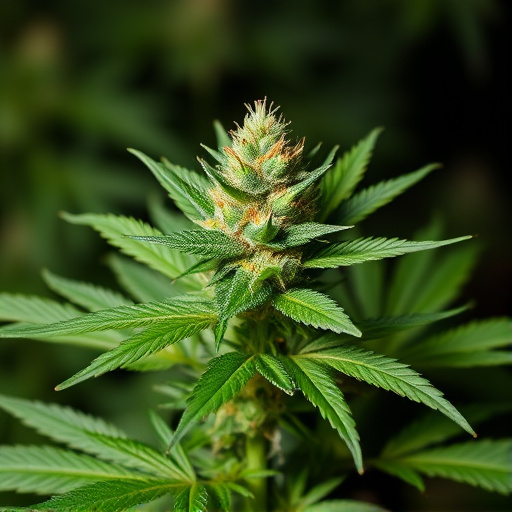
Navigating the newest strains of cannabis can be an exciting yet potentially risky venture. As legalities change and scientific research advances, new varieties with heightened potency levels emerge onto the market. While these strains offer unique experiences and potential therapeutic benefits, they also carry increased risks for those unfamiliar or unaccustomed to their effects. The potent cannabinoids found in modern cannabis, such as THC, can lead to an overwhelming experience known as a cannabis overdose.
To mitigate these risks, consumers should exercise caution when trying new strains, especially high-THC varieties. Researching the specific cannabinoid profile and strain history is essential. Starting with lower doses and gradually increasing allows for better tolerance building and a more controlled experience. Additionally, consuming cannabis responsibly, in moderation, and in safe environments can significantly reduce potential adverse effects.
A cannabis overdose can be a frightening experience, but with prompt action and proper care, recovery is achievable. Understanding the causes and symptoms, as discussed in this article, is crucial for recognizing when an overdose occurs. By following safe recovery steps and being aware of the risks associated with newest strains of cannabis, you can mitigate potential harm and ensure a positive outcome. Remember, seeking professional medical assistance is essential if symptoms persist or worsen. Stay informed, use responsibly, and prioritize your well-being.




